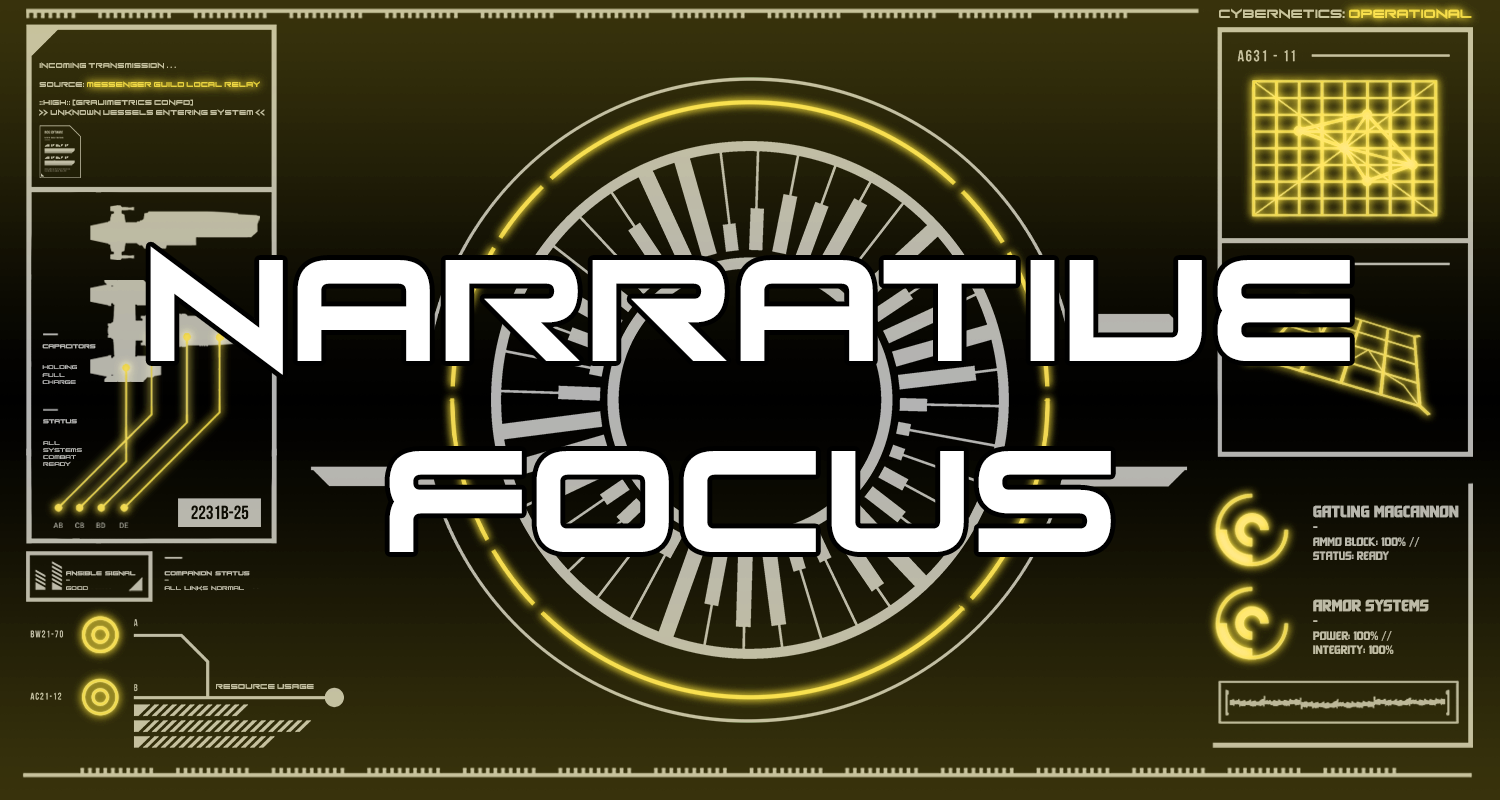Something that is fun to learn about in any sci-fi setting featuring interstellar travel is knowing how fast the faster than light (FTL) travel is. So, if you want to learn something new about your favorite faction and enjoy big numbers than this article is for you. Let’s go in order of slowest to fastest and start with everyone’s favorite murder bots, the Niphal.
The Niphal
- FTL Propulsion: Inertialess drive
- Sub-light Propulsion: Inertialess drive
- Top Speed: 26.8 million miles per hour
The Niphal use a unique drive technology to attain a steady top speed of 4% of light speed. A couple of advantages of their drive technology; it does not appear to require fuel and it is not revealed by gravitic sensors. So, while it may take upwards of a month for them to reach a planet from the edge of a solar system, when they do arrive it is usually a surprise to the unfortunate sentients. Thanks to their proclivity for self-replication and a head start of billions of years, they are all over the galaxy.
The Hexagota
- FTL Propulsion: Blink drive (generation one)
- Sub-light Propulsion: Gravity drive
- Gravity Drive Top Speed: 80.4 million miles per hour
Having reverse engineered their drive technology from a crashed Realm spacecraft, the Hexagota’s version of the Arvik-Owusu Superluminal Transit System (blink drive) is quite crude by comparison to a modern Realm model. Many shortcuts and workarounds needed to be developed and implemented to create a working version compatible with their organic technology. While their blink drive is capable of jumps of over 500 light years, which is in the same performance range as the other factions which use it, their gravity drive only has a top speed of 12% of light speed. This does mean that when they do invade a world that world has over a week to prepare for their arrival. To account for this the Hexagota swarm fleets tend to overcommit resources to ensure that invasions end in their favor.
The Batra
- FTL Propulsion: Blink drive (generation two)
- Sub-light Propulsion: Gravity drive
- Gravity Drive Top Speed: 201.1 million miles per hour
Batra drive technology was developed completely independent of the Realm. Their version seems to be more compact and possess much stronger radiation shielding than either Hexagota or Realm models. However, this does limit how many blink drives they can fit on their ships. Equivalent Realm vessels generally can fit two more drives into their drive stack compared to a Batra ship of equivalent tonnage. In addition, this increased shielding serves another purpose of improving the quality of the cloaking technology the Batra are known for. While cloaked their drive stack does not emit radiation or tachyons which would normally be a giveaway of a ship’s location to any nearby sensors.
The Realm
- FTL Propulsion: Blink drive (generation three)
- Sub-light Propulsion: Gravity drive
- Gravity Drive Top Speed: 321.8 million miles per hour
While civilian and corporate ships may not have much access to generation three drives, it is all that the military forces of the Realm use. The effective maximum size of a drive stack is ten drives, but the real-world effective limit is between two and six drives. A drive after performing a blink requires a week to recharge itself using the ships exotic matter fuel reservoirs. In gravity drive mode a charged generation three blink drive achieves a top speed of 48% of light speed. This means a target in a star system under attack by augment forces may only have as much as two standard days to prepare for the upcoming assault or send an interception fleet.
But how long does it take for a blink drive to cross the galaxy? Well at around 500 light years per jump and assuming a drive stack of six drives it would take that ship 33 weeks to cross the entire Milky Way galaxy!
We hope you enjoyed learning more about this. If you have a burning lore question you want answered or just want to meet other like-minded folks, come on by and visit us here:

